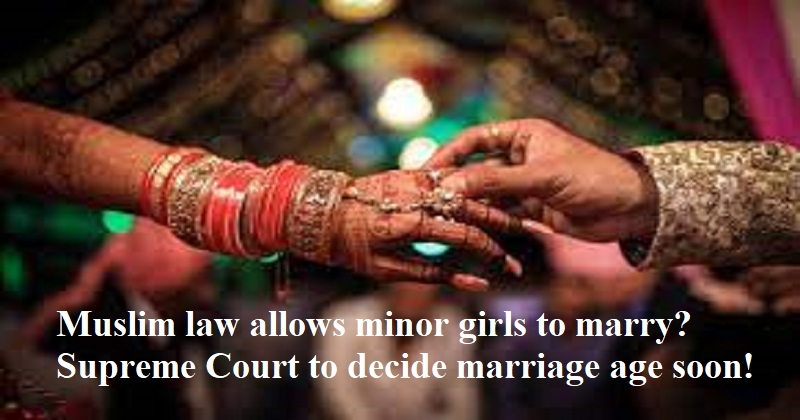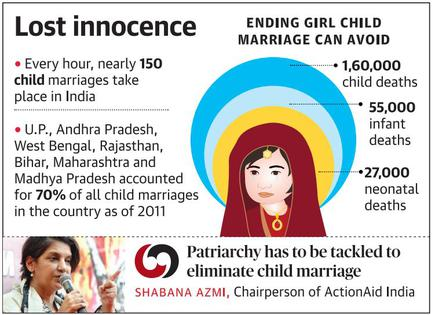Free Courses Sale ends Soon, Get It Now


Free Courses Sale ends Soon, Get It Now



Copyright infringement not intended
About:
Details:
Effects of early marriage:

Child Marriage:

Prohibition of Child Marriage (Amendment) Bill 2021:
Significance of the Bill:
Concern:
Steps by Government:
Way Forward:
https://epaper.thehindu.com/Home/ShareArticle?OrgId=G7HAQD8FD.1&imageview=0
© 2024 iasgyan. All right reserved